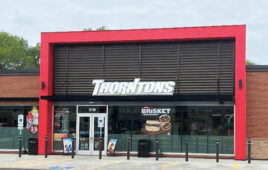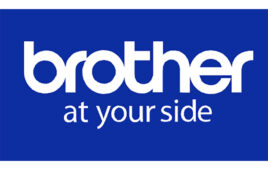Millennials are more open-minded about fee-based rewards programs than the general population.
Some Americans find the idea of paying a fee to join a customer loyalty program off-putting, but there are a great deal of Americans who would be willing to pay a fee in order to join such loyalty programs, specifically Millennials.
According to a LoyaltyOne nationwide survey of 1,005 consumers in May 2015 reveals that Millennials ages 18-35 scored significantly higher than any other population segment for being open-minded about investing in a loyalty program membership.
Here are key numbers from LoyaltyOne’s fee versus free loyalty program research:
- 62% of respondents said they’d consider joining a fee-based rewards program if their favorite retailer offered one.
- This number was even higher among Millennials with 75% of 18-24 year-olds and 77% of 25-34 year-olds saying they’d consider joining a fee-based rewards program.
- 65% said customer rewards are worth paying for if relevant to their needs.
- Millennials, again, rated this even higher with 79% of 18-24 year-olds and 76% of 25-34 year-olds saying relevant rewards are worth paying for.
- Nearly half (47%) said rewards in fee-based programs are better than rewards in free programs
- A significantly larger number of Millennials – 61% of 18-24 year-olds and 54% of 25-34 year-olds – said fee-based rewards are better.
The survey results emerge against a backdrop of high-profile marketplace developments. Earlier this month Walmart disclosed details of its new $50 per year fee-based delivery program called ‘Shipping Pass,’ which is widely viewed as a challenge to Amazon Prime with its $99 per year fee. Jet.com is another emerging membership-based shopping club promising low prices at a $49.99 fee.
“These results should attract the attention of brands considering a shift to fee-based loyalty programs as marketers look for ways to create competitive differences and lock in customer spend against a backdrop of waning program effectiveness and engagement challenges,” LoyaltyOne Consulting Associate Partner Lance Du Chateau said.
Reinforcing the point, Du Chateau noted the survey found that 49% of overall respondents said all rewards programs seem alike. The perception of program sameness was even stronger among Millennials, where the scores were 57% for 18-24 year-olds and 52% for 25-34 year-olds.
“Brands have historically hesitated to explore new loyalty strategies because traditional programs were still novel in most spaces. However this hasn’t been true for years. The perception that only a small minority shoppers will ‘pay to play’ is also a dated viewpoint,” Du Chateau said. “Forty-two percent of consumers surveyed have already paid to join a program and 62% of respondents said they’d consider joining a fee-based rewards program if their favorite retailer offered one.”
Other key findings from LoyaltyOne’s research:
- Of the respondents who already participate in fee-based loyalty programs, 69% said they were enticed by free shipping, followed closely by special discounts at 67%.
- Women (67%) are slightly stronger than men (64%) in their belief that rewards are worth paying for
- When asked which category would be most appealing if compelling benefits were available through a fee-based program, respondents ranked Grocery and Mass merchandise highest (35%), followed by Credit Card rewards (26%), Specialty Retail (13%), Travel (18%) and Restaurants (9%)
- 32% of 18-24 year-olds and 34% of 25-34 year-olds said they have never been offered membership in a fee-based program, versus 25% of the general population.
“The traditional spend-earn-redeem reward program doesn’t make sense for all companies and customers, and fee-based value propositions increasingly are a topic of conversation,” Du Chateau said. “More marketers should explore this approach.”
LoyaltyOne Consulting helps companies create differentiated loyalty programs that drive loyalty ROI and maximize customer value.
The survey results are based on an online survey in May 2015 of 1,005 American consumers. The margin of error is +/- 3.1% at the 95% confidence level.




